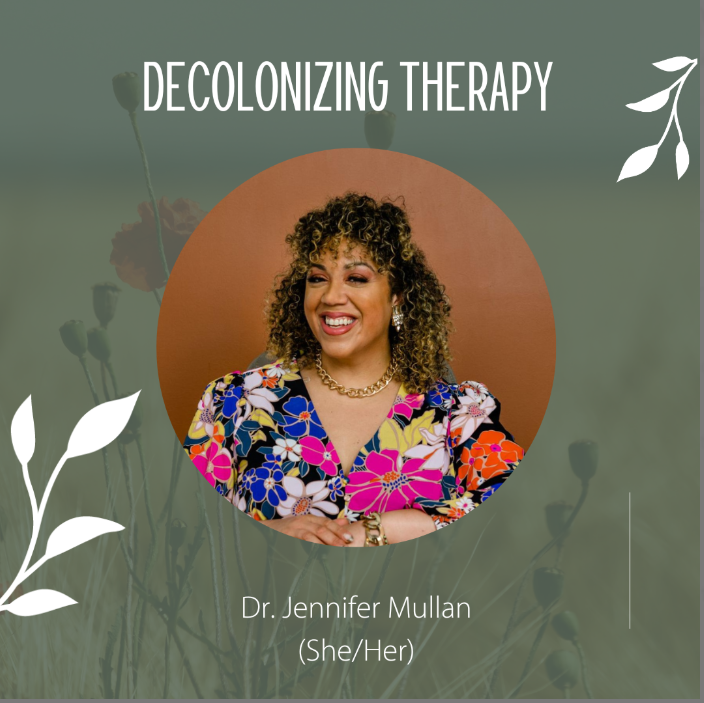Surviving the News Cycle as a Queer or BIPOC Person: Strategies for Mental Health and Media Boundaries
The 24-hour news cycle doesn’t just inform—it can overload, retraumatize, and retraumatize those already carrying systemic harm. As Queer or BIPOC individuals, media exposure isn’t always neutral—it can activate pain, minority stress, and collective trauma.
This post holds space for those navigating news fatigue, media triggers, and identity-linked exposure. Let’s explore compassionate, realistic tools to protect your nervous system while staying informed—rooted in fairness, clarity, and healing.
The Science: Why Media Hurts When It Hits Close
Research shows that consuming negative or identity-focused news can trigger physical stress responses—like rapid heart rate, cortisol surges, and anxious racing thoughts—particularly in communities targeted by media narratives (MHA: Negative News Coverage).
A recent Vanderbilt University study found that LGBTQ+ young adults who were exposed to negative identity‑related news experienced an increase in suicidal ideation in the hours that followed—highlighting how direct and dangerous this impact can be (Vanderbilt News).
The American Psychological Association also points to “media overload” as a major stressor, noting that setting media guardrails—like time limits and scheduled check-ins—can significantly reduce emotional burnout (APA: Media Overload).
Understanding the Roots: Minority Stress + Media
Minority Stress Theory explains how chronic exposure to prejudice and discrimination—not just in life, but through media—causes damaging internal stress responses over time (Minority Stress Theory).
For Queer or BIPOC media users, content around hate crimes, oppressive legislation, or identity-targeted violence isn’t abstract—it’s personal. Your body registers it, even if your mind tries to separate from it.
3 Trauma-Informed Strategies You Can Start Using Today
1. Set Intentional Media Boundaries
Use the “news schedule” approach to reduce overwhelm. Consider: “I’ll check updates once in the morning and once in the evening.” Licensed therapist Camesha L. Jones recommends stepping away when you feel symptoms like chest tightness or dread—not because you’re avoiding reality, but because you’re protecting your nervous system (Bon Appetit: Media Boundaries).

2. Pause with Somatic Grounding
After exposure to distressing content—especially identity-based—you can “come back” by:
- Stomping your feet or gently pacing
- Sipping warm tea while placing a free hand on your heart
- Listening to grounding music or reciting a soft mantra like “You are not alone, you are safe now.”
- Breathing. Imagine inhaling from the soles of feet and exhaling slowly from your crown pushing that breathe back down to your feet and repeating it several times.
These movements re-anchor you in your body, reminding nervous systems that this moment is safe.
3. Media Detox Rituals + Community Connection
Schedule a daily or weekly “news-free zone” (lunch hour, family dinner, or Sunday morning). Fill it with affirming practices—walking in Freedom Park, journaling, calling a friend, or blasting some music and dancing because you don’t care who sees you!
Pair boundaries with community care: talking, watching grounding content, or sharing hope-filled news can buffer the climate of despair. Know when you system is unable to make space for another
Case Example: “Marisol Reclaims the Airwaves”
Marisol, a queer Black banker in South End Charlotte, found she wasn’t sleeping—triggered by nightly doomscrolling through policy rollbacks that targeted her community. In therapy, she created a “media sunset” ritual: after 7 p.m., she switches her phone to grayscale, plays jazz, and journals, reads, or colors. Within weeks, her evenings became anchoring and calming rather than draining.
Why This Matters in Charlotte’s Current Climate
With fast-moving national debates around teachers, healthcare, race, and queer rights, local professionals feel every headline. Quieting external noise isn’t escape—it’s how you stay rooted and effective from within.
Extra Supportive Tools
- SonderMind: 4 Ways to Protect BIPOC Mental Health — boundary setting, rest, community, and therapy.
- Tava Health: Media Boundaries & Rest for BIPOC Families — rest isn’t selfish, it’s radical care and necessary.
What You Can Do Right Now
- Define your “news check-in windows” (e.g., morning and evening, max 15 minutes each).
- Pair each check-in with a soothing ritual—tea, breath, ambient sounds.
- Choose one trusted local news source or BIPOC-led outlet to follow, instead of endless scrolling.
Healing Is Political—AND Personal
Consuming media is an act—of learning, surviving, witnessing. Setting boundaries isn’t detachment—it’s self-preservation. You are not less informed when you care for your heart. You are reprioritizing yourself.
At Mended Counseling, we offer trauma-informed care tailored to BIPOC and LGBTQIA+ clients navigating news grief, minority stress, and digital overwhelm—through IFS, mindfulness, and soon sound healing in our meditation space in Charlotte.
👉 Book your media-boundary session today and reclaim your peace.

Mended Counseling & Consultation proudly serves Charlotte, NC and surrounding areas including NoDa, University City, Highland Creek, Mallard Creek, Northlake and all surrounding areas. We also provide services online in NC, SC, VA, GA, and DC. All therapists are not licensed in all states. We specialize in trauma-informed, LGBTQIA-affirming care.




